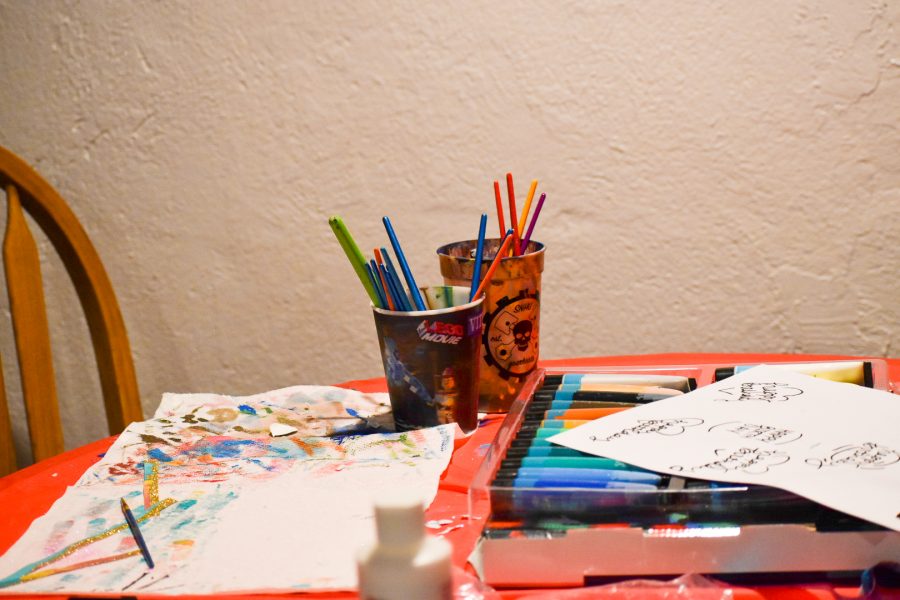On Sept. 4 2020, Disney’s live action “Mulan” was released on the Disney+ streaming service. The film follows the story of the titular heroine Hua Mulan, a young maiden who disguises herself as a man and takes the place of her disabled father to fight in the war against the Rouran warriors. The remake was inspired by the 1998 animated musical version, as well as the Chinese folktale, “The Ballad of Mulan.”
There was a lot of hype leading up to this movie, which was first announced in 2015. The movie featured famous Chinese actors and actresses, and Asians are a notable population that don’t shine in the Hollywood spotlight. The Asian community (specifically Chinese-Americans) thought this would be the representation they’ve always wanted, the next big step forward for more Asians to rise in the entertainment industry. They were wrong.
The plot of “Mulan” goes like this: after botching her matchmaking ceremony, it is announced in Hua Mulan’s village that they need soldiers for their war against the Rouran. Her father is disabled after fighting in the last war, so Mulan disguises herself as a man and takes his place in the army. During her time training there, she befriends some of the other soldiers and distinguishes herself using her combat abilities. After learning of an impending attack on the Emperor, she saves her superior officer by engaging in single combat with the leader of the Rouran.
In the animated version of Disney’s “Mulan,” what made up for the inaccuracies to the legend of Mulan were the fun and wholesome characters. Mulan’s animal companions, as well as the other soldiers, particularly Yao, Ling and Chien-Po, were the life of the animated film. Animated Mulan was an inspiration to young girls for years to come, for she was a strong Disney princess, both in terms of character and physical strength.
These characters and their development disappeared in the live action film. Characters like Mushu and Li Shang were removed from the live action, an understandable decision. Chinese dragons are seen as symbols of power, strength, good luck and royalty, whereas Mushu’s miniature frame and role of comedic relief was offensive. It was also because these characters didn’t exist in “The Ballad of Mulan.” The least the screenwriters could do to make up for these decisions was to write a complex, three-dimensional protagonist and great side characters. Unfortunately, that is not what happened.
Viewers who were hoping for a good, accurate representation of a Chinese folktale were left with a subpar movie. But that’s not all. Even aside from the creative issues in the movie, even more is going on behind the scenes.
Two years ago, parts of “Mulan” were filmed in the Chinese province of Xinjiang, a province known for its concentration camps where approximately 2 million Uighur people are being held against their will. There, the Uighur prisoners are forced to endure horrific acts of violence and subjugation.
The worst part of this is that Disney specifically credits the police security bureau in Turpan, the same bureau that the US Commerce Department banned American companies from dealing with because they are tasked with running some of these internment camps. The blatant lack of respect for human rights exhibited by the filmmakers is undeniable and unacceptable.
“For the people who want to watch [Mulan],” senior Cynthia Liang said, “it’s extremely important to understand the controversies behind the movie because there are certain sets where the abuse of human rights [are taking] place.”
There is another issue to address here — for a film that centers entirely around an Asian character, there is a shocking lack of Asian people in the crew. Disney hired a white director, costume designer, composer, film editor, cinematographer and four white screenwriters. Sound weird? It should. Though the story is based on a Chinese ballad, it is directed by people who have no connection with Chinese culture. Though there are Chinese actors on screen, there are white people in control. Even the 1998 animated version had more female Asian writers.
“An all white crew making a movie with Asians was almost like a total disregard of one of the purposes of Asian representation,” senior Erica Schug said. “It was like they were just using Asians on screen to appeal to audiences, but they didn’t have that true intention or meaning for Asians to be involved in the media.”
These are only a few of many criticisms of the production and behind-the-scenes of the movie. Many people who have anticipated this movie’s release have called for a boycott after several controversies. Box office sales for the movie totaled to $69.7 million, compared to the $200 million budget. From the negative reception to the controversies to the box office flop, there’s the unfortunate possibility that Disney could see this failure as a sign that minorities like the Asian community don’t sell.
“It is a great idea to have a movie like Mulan, with all the infamous actors and actresses,” senior Evelyn Liang said “But a negative reception will cause people to not care for the culture. Others might see it as uninteresting or a failure. The danger of misrepresentation is real and a movie like this had the ability to share Chinese culture. Instead, it lost the hype and interest of many fans and viewers.”
Despite the high hopes the Asian community had for this film and the promising future for Asians to be recognized in the entertainment industry, Disney’s live action version of “Mulan” is not a good example. From the story itself to the film location and even the crew behind the scenes, there are too many issues for this movie to be considered a success.
The live action Mulan is a dishonor on our families
November 17, 2020
0
More to Discover











